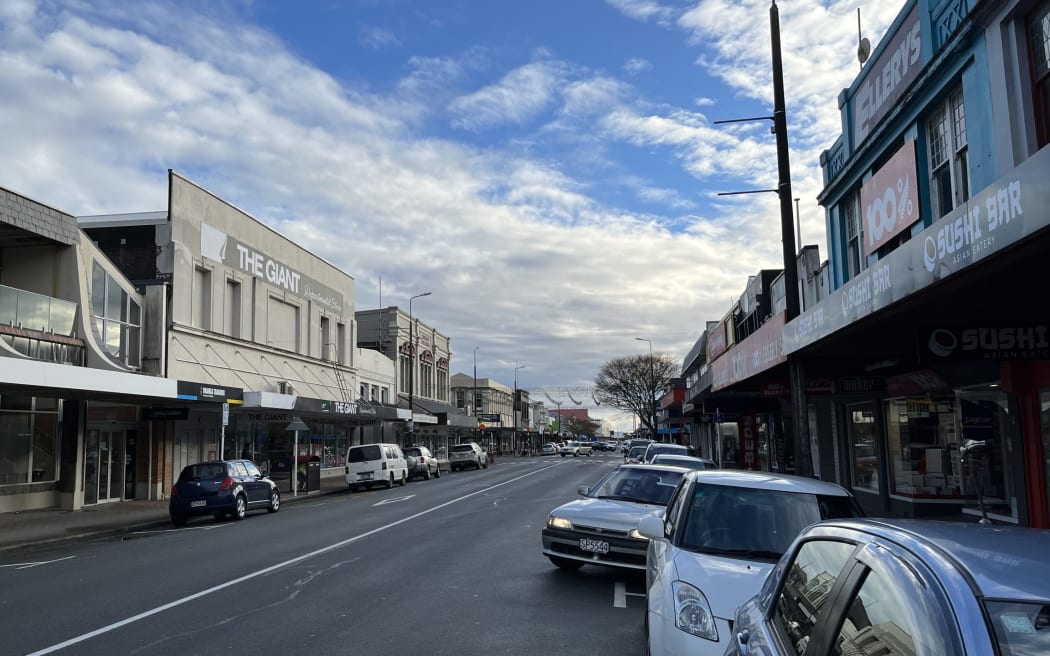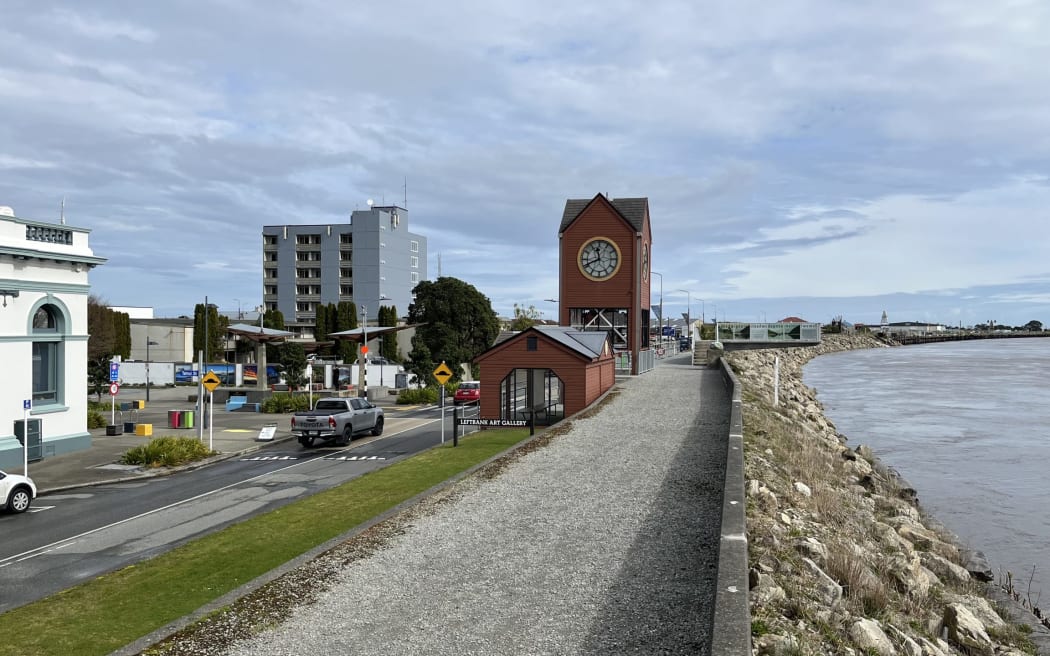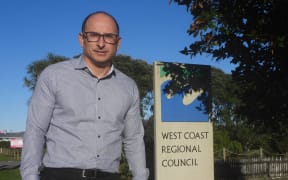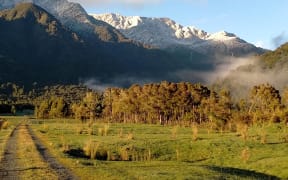
The Greymouth town centre. Photo: LDR / Greymouth Star/ Brendon McMahon
The West Coast as a region may not be growing significantly but its population is changing.
Te Tai O Poutini Plan principal planner Lois Easton, in her opening statement to the first day the formal plan hearing process, said the proposed plan sought to recognise that the region was increasingly a desirable place to live.
This was particularly in terms of "internal migration" from other parts of the county for "lifestyle" reasons.

The plan sought to recognise "the uniqueness" of what made up the region while also recognising significant challenges such as its "ageing population" and the significant shortage of suitable housing for that sector.
Easton also noted the region also was in many ways unique in the number of heritage sites it had.
In particular, the footprint of human settlement from the time of the 1860s gold rush, with significant patterns of development early on compared to much of the rest of New Zealand, had meant significant input into the plan from Heritage NZ.
At the same time the pace of change now, with modern technology, meant the functionality of small towns on the West Coast was a significant challenge.
Easton said the plan sought to recognise that outside the "large" urban area a wide range of business activities continued to operate in rural and small settlement zones.
It was "definitely important" to continue to permit this ambit of activity within the new plan given the focus of the region's economy on primary production.
This included agriculture, mining, and tourism.
Easton said a particular concern had been addressing "reverse sensitivity as a significant issue".
An example was the ad hoc spread of lifestyle block development butting against existing activities like agriculture or mining.

The greater town of Greymouth, at the mouth of the Grey River (Mawhera) has a population of about 14,000 people and is the region's sole large urban centre. Photo: LDR / Greymouth Star/ Brendon McMahon
She said good quality soil was very limited in the region.
However, much of the land currently under intensive farming - dairying - had been developed through significant land development in the late 1990s to mid-2000s where methods like flipping or humping and hollowing had enabled marginal land to be converted to viable farm land.
However, there was "limited scope" now for any extension of that, Easton said.
At the same time, the plan recognised "a critical mass" continued to be needed for the primary sector.
"Lifestyle development therefore has a real tension versus retaining good agricultural land."
Likewise similar tensions existed with the tourism sector, and the use of helicopters was an integral part of that.
Local Democracy Reporting is Public Interest Journalism funded through NZ On Air





